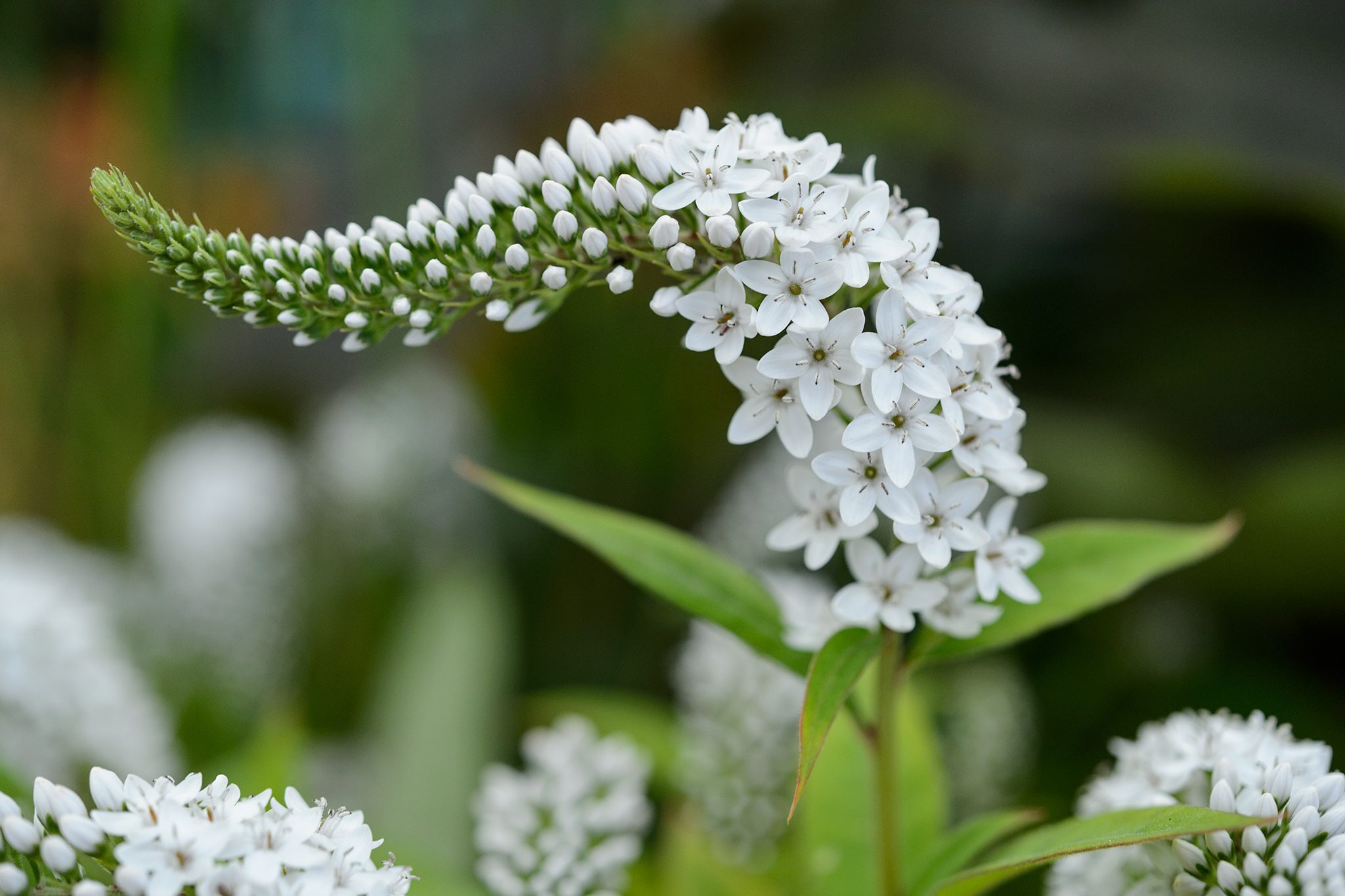
Lysimachia, commonly known as loosestrife, is a fascinating genus of flowering plants that often captures the attention of gardeners and botanists alike. Did you know that Lysimachia includes over 180 species? These plants are known for their vibrant yellow, white, or purple flowers and their ability to thrive in various environments, from wetlands to woodlands. Some species are even used in traditional medicine. But what makes Lysimachia truly unique? For starters, their flowers often attract a variety of pollinators, including bees and butterflies, making them a vital part of many ecosystems. Additionally, some species are considered invasive in certain regions, which adds another layer of complexity to their cultivation and management. Whether you're a seasoned gardener or just curious about plant life, learning about Lysimachia offers a glimpse into the intricate world of botany.
What is Lysimachia?
Lysimachia, commonly known as loosestrife, is a fascinating genus of flowering plants. These plants are known for their vibrant colors and unique characteristics. Let's dive into some intriguing facts about Lysimachia.
- Lysimachia belongs to the Primulaceae family, which includes around 200 species.
- The name Lysimachia is derived from Lysimachus, a general under Alexander the Great.
- These plants are found in temperate and subtropical regions across the globe.
- Lysimachia species can be annuals, perennials, or even subshrubs.
- The flowers of Lysimachia are typically yellow, though some species boast white, pink, or purple blooms.
- These plants often thrive in moist, well-drained soils and can be found near water bodies.
- Lysimachia is known for its ability to spread quickly, sometimes becoming invasive in certain areas.
- Many species of Lysimachia are used in traditional medicine for their anti-inflammatory properties.
- The plant's leaves are usually opposite or whorled, adding to its distinctive appearance.
- Lysimachia can be propagated through seeds, cuttings, or division, making it easy to cultivate.
Popular Species of Lysimachia
Several species of Lysimachia are popular among gardeners and plant enthusiasts. Here are some of the most well-known ones.
- Lysimachia nummularia, also known as creeping Jenny, is a popular ground cover plant.
- Lysimachia punctata, or yellow loosestrife, is known for its tall spikes of yellow flowers.
- Lysimachia ciliata, commonly called fringed loosestrife, features unique fringed petals.
- Lysimachia clethroides, or gooseneck loosestrife, has distinctive curved flower spikes.
- Lysimachia vulgaris, known as garden loosestrife, is often found in wetlands and along riverbanks.
- Lysimachia atropurpurea, or purple loosestrife, is admired for its deep purple flowers.
- Lysimachia ephemerum, also called willow-leaved loosestrife, has slender, willow-like leaves.
- Lysimachia congestiflora, known as golden globes, produces bright yellow, globe-shaped flowers.
- Lysimachia barystachys, or white loosestrife, features elegant white flower spikes.
- Lysimachia japonica, native to Japan, is prized for its delicate, star-shaped flowers.
Ecological Importance of Lysimachia
Lysimachia plays a significant role in various ecosystems. These plants contribute to biodiversity and provide numerous benefits to their surroundings.
- Lysimachia species are important nectar sources for bees, butterflies, and other pollinators.
- The dense foliage of Lysimachia provides shelter for small animals and insects.
- These plants help stabilize soil and prevent erosion, especially along riverbanks and wetlands.
- Lysimachia can improve water quality by filtering pollutants and excess nutrients from the soil.
- Some species of Lysimachia are used in phytoremediation to clean up contaminated sites.
- The presence of Lysimachia in an ecosystem can indicate healthy, well-balanced habitats.
- Lysimachia plants can outcompete invasive species, helping to maintain native plant diversity.
- The seeds of Lysimachia are a food source for various bird species.
- Lysimachia contributes to the aesthetic value of natural landscapes with its colorful blooms.
- These plants can be used in habitat restoration projects to reestablish native vegetation.
Cultivating Lysimachia in Your Garden
Growing Lysimachia in your garden can be a rewarding experience. Here are some tips and facts to help you cultivate these beautiful plants.
- Lysimachia prefers full sun to partial shade, depending on the species.
- These plants thrive in moist, well-drained soil but can tolerate a range of soil types.
- Regular watering is essential, especially during dry periods, to keep Lysimachia healthy.
Final Thoughts on Lysimachia
Lysimachia, or loosestrife, is more than just a pretty face in your garden. With its vibrant colors and unique growth patterns, it adds a splash of life to any landscape. Beyond its beauty, this plant has a rich history and various uses, from traditional medicine to attracting pollinators like bees and butterflies. It's low-maintenance, making it perfect for both novice and seasoned gardeners. Remember, though, some species can be invasive, so keep an eye on their spread. Whether you're looking to brighten up your garden or explore its historical uses, Lysimachia offers something for everyone. So, next time you see this plant, you'll know there's more to it than meets the eye. Happy gardening!
Was this page helpful?
Our commitment to delivering trustworthy and engaging content is at the heart of what we do. Each fact on our site is contributed by real users like you, bringing a wealth of diverse insights and information. To ensure the highest standards of accuracy and reliability, our dedicated editors meticulously review each submission. This process guarantees that the facts we share are not only fascinating but also credible. Trust in our commitment to quality and authenticity as you explore and learn with us.
